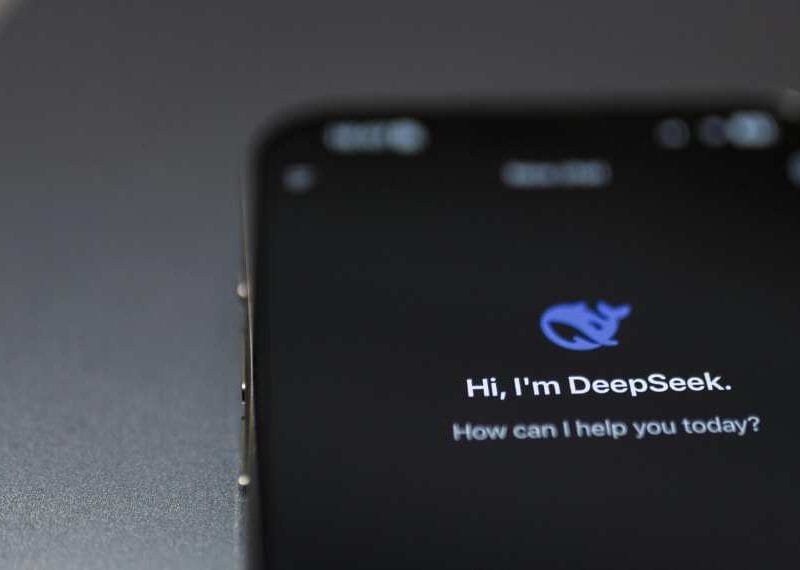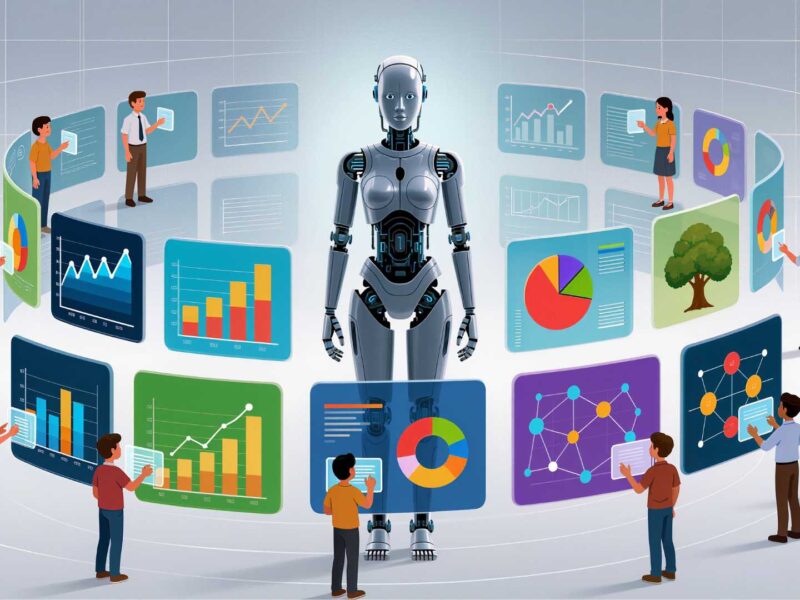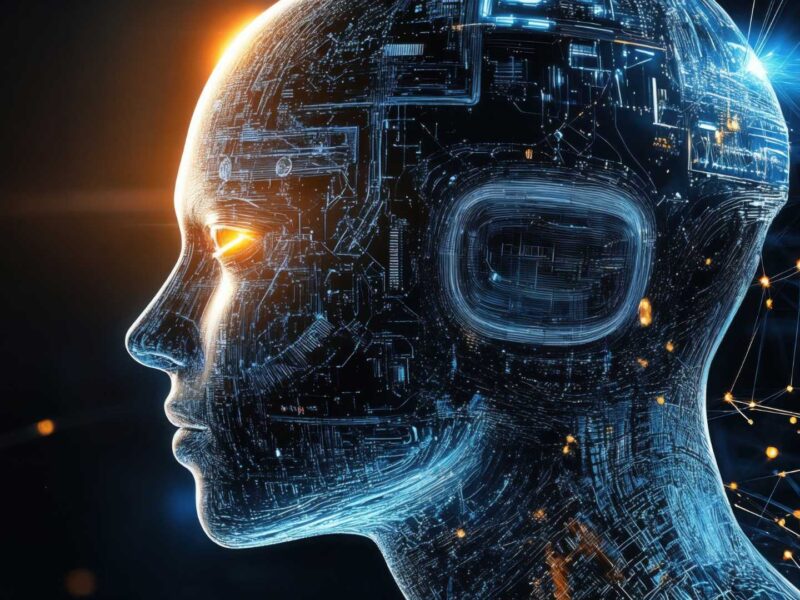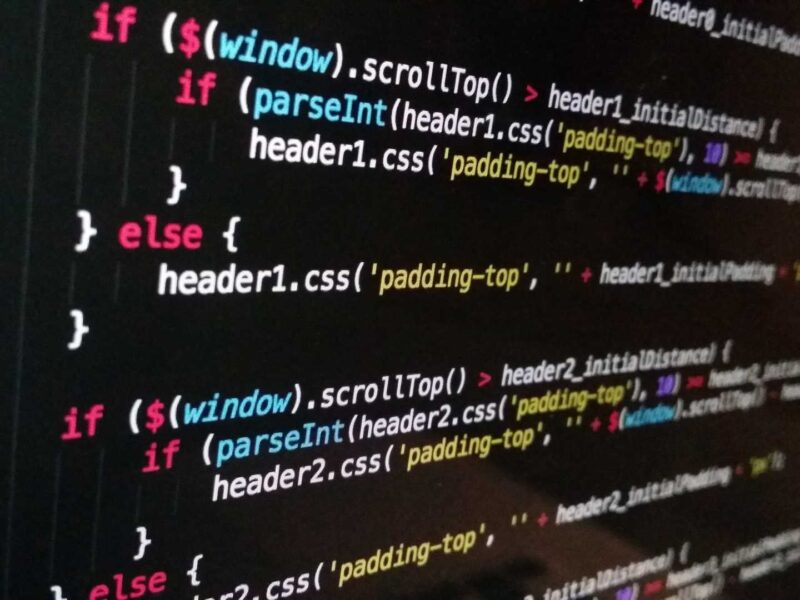Trust and Safety in AI: Balancing Autonomy and Human Control
As AI systems become more sophisticated and autonomous, ensuring their responsible and ethical deployment is paramount.
Building trust in AI requires a careful consideration of the potential risks and a commitment to implementing safeguards that protect against unintended consequences.
In this post, we examine how organizations are navigating this complex landscape by asking tech leaders from the Techronicler community to share their perspectives on the intersection of AI autonomy, ethics, and trust.
As we explore whether their teams utilize any autonomous AI tools solely under human supervision and delve into the concerns that motivate this practice, their answers provide a roadmap for building and deploying AI systems that are both powerful and trustworthy.
Read on!
Tim Hanson - Penfriend
At Penfriend, we actually started our AI implementation by completely mapping out what humans do to write a blog.
We realized you couldn’t just say “hey AI, write me a blog” – that’d be like asking someone who’s never written anything to suddenly be Shakespeare.
Instead, we broke it down into about 22 different human decision points. Each one needed its own prompt, its own guidelines.
The thing is, I often see companies trying to get AI to do tasks that nobody in their organization actually understands end-to-end. That’s a recipe for disaster.
The AI isn’t failing – they just don’t know the process well enough to explain it properly. It’s like trying to teach someone to drive when you’ve never sat behind the wheel yourself.
For our platform, every AI process runs within specific parameters that we’ve manually tested and refined. We’re using AI in a way where 99 times out of 100, we need it to follow the same process, not necessarily come to the same answer. Think of it like guidelines on a highway – you can drive any car you want, but you’re staying on the road.
The concerns driving this aren’t just about accuracy – though that’s huge. It’s about understanding that people will search and find things with AI, but they still buy from humans.
Every piece of content, every AI interaction, needs to maintain that human element. That’s why we have such specific processes and oversight – we’re not trying to replace human judgment, we’re trying to amplify it.

Tim Hanson
Chief Creative Officer, Penfriend
Devan Leos - Undetectable AI
Every single AI tool that our company uses is overseen by a human. There’s not a single autonomous AI process that doesn’t involve some sort of human oversight or validation.
Even as AI continues to get better and smarter, there will always need to be a human in the loop to provide oversight and give feedback to.
One thing we will never ever do is allow AI to hire or fire people on its own as that would be a severe ethical violation because whenever someone’s life or job is at stake, we ought not outsource the entire decision making process to AI lest we make it our God.

Devan Leos
Co-Founder & CCO, Undetectable AI
Natalia Lavrenenko - Rathly
At Rathly, we do use AI tools, but they’re always monitored by a human. We trust AI for data analysis, but human oversight is crucial.
AI can analyze large data sets quickly, but it’s not perfect. Sometimes, it misses the context or nuances that humans pick up on, especially when we’re dealing with delicate industries like healthcare or law.
Without a person guiding it, there’s a risk that AI might make decisions or suggestions that aren’t aligned with our values.
We’ve found that using AI under supervision is the safest way to get the best of both worlds—speed and accuracy, without compromising on ethics.
For example, in marketing campaigns, AI can suggest content optimizations. However, we always double-check these recommendations before applying them.
The balance between trusting AI’s efficiency and maintaining control over its output is something we’ve learned the hard way.
Keep your tools working for you, but don’t let them run the show.

Natalia Lavrenenko
UGC & Marketing Manager, Rathly
Duncan Colville - TDMC Development
We use autonomous AI tools like ChatGPT, Claude.ai, and Cursor in our organization, but always with human supervision.
These tools are fantastic for improving workflows, especially in areas like code reviews, data analysis, and QA, but it’s important to keep a close eye on their outputs.
For me, the biggest concern is data privacy-ensuring sensitive information is handled properly and in compliance with regulations like GDPR.
Bias is another issue I’m mindful of. AI can unintentionally skew results, so having a human review ensures fairness and avoids any unintended consequences.
AI tools also have a tendency to misinterpret more nuanced or complex tasks, so I always double-check their outputs to make sure they’re accurate and contextually correct.
At the end of the day, accountability is key, and human oversight makes sure we stay aligned with ethical standards while still getting the most out of what AI has to offer. It’s all about striking the right balance.

Duncan Colville
Director of Development, TDMC Development
Sherzod Gafar - Heylama AI
At Heylama, we leverage AI to transform language learning, but we do so with a strong commitment to ethical practices.
Our AI agents autonomously handle tasks like “learner goal collection” and “learner level assessment.”
However, we maintain human oversight to ensure that our AI’s decision-making is free from unintended biases and inaccuracies.
As we serve a diverse user base, particularly from developing countries, it’s crucial that our AI adapts to various cultural contexts. This approach not only enhances the learning experience but also fosters trust in our technology.
We believe that ethical AI should empower all learners equally, regardless of their background.

Sherzod Gafar
CEO, Heylama AI
Balázs Keszthelyi - TechnoLynx
At TechnoLynx, we employ various AI-driven analytics platforms, such as predictive modelling tools, which provide valuable insights.
However, we ensure that human analysts oversee these tools to validate the data and interpret the results accurately.
This supervision is crucial as it mitigates the risk of misinterpretation that can arise from relying solely on AI outputs.
The primary concern driving this practice is the ethical implications of AI decision-making.
Autonomous systems can sometimes produce biased or inaccurate results based on flawed training data. By maintaining human oversight, we ensure that our decisions are grounded in ethical considerations and that we uphold trust in our processes.

Balázs Keszthelyi
Founder & CEO, TechnoLynx
Debbie Moran - RecurPost
One example is using autonomous tools for customer engagement analysis. These tools excel at identifying patterns, but they sometimes miss nuances, like tone or cultural context.
By having a team member review and refine outputs, we maintain trust and avoid potential misinterpretations that could harm relationships.
It’s not just about oversight; it’s about blending the speed of AI with the empathy and intuition only humans bring to the table.

Debbie Moran
Marketing Manager, RecurPost
Sameer Gupta - BOTSHOT
At BOTSHOT, we utilize certain AI tools under human supervision due to ethical considerations and the importance of maintaining trust in AI.
For instance, while we employ autonomous AI in data analysis and predictive modeling, human oversight remains crucial to ensure that these AI systems do not introduce biases or make decisions that could affect individuals or communities unfairly.
Ethical concerns, including transparency, accountability, and potential bias in AI models, drive this practice.
A “human-in-the-loop” approach helps us maintain control, allowing us to intervene and ensure that AI decisions align with ethical guidelines and the values we prioritize as an organization.

Sameer Gupta
SEO Executive, BOTSHOT
Christopher Pappas - eLearningIndustry
Our organization uses AI platforms to analyze HR software categories, but decisions are always supervised by a dedicated team.
This practice ensures trust and transparency in our recommendations.
Concerns like incomplete datasets or biased algorithms drive this approach.
For example, AI may inadvertently recommend time-tracking tools unsuitable for certain industries without human intervention to verify context and usability.
Deepak Shukla - Pearl Lemon PR
At Pearl Lemon AI, we use autonomous AI tools with strict human oversight, particularly in sensitive areas like data analysis and client-facing tasks. While AI’s autonomy can simplify operations, human supervision is crucial to maintaining ethical integrity and trust.
The main concern is accountability.
AI systems, while efficient, can occasionally make decisions that lack context or empathy, which are two distinctly human qualities.
For example, in generating customer insights or managing automated responses, a poorly contextualised AI output could damage client trust or create misunderstandings.
Human supervision ensures these outputs align with our ethical standards and the nuances of individual cases.
Another concern is data security.
Autonomous systems must operate within strict boundaries to ensure compliance with GDPR and other regulations.
A human layer guarantees these boundaries aren’t overstepped.

Deepak Shukla
Founder, Pearl Lemon PR
On behalf of the Techronicler community of readers, we thank these leaders and experts for taking the time to share valuable insights that stem from years of experience and in-depth expertise in their respective niches.
If you wish to showcase your experience and expertise, participate in industry-leading discussions, and add visibility and impact to your personal brand and business, get in touch with the Techronicler team to feature in our fast-growing publication.












